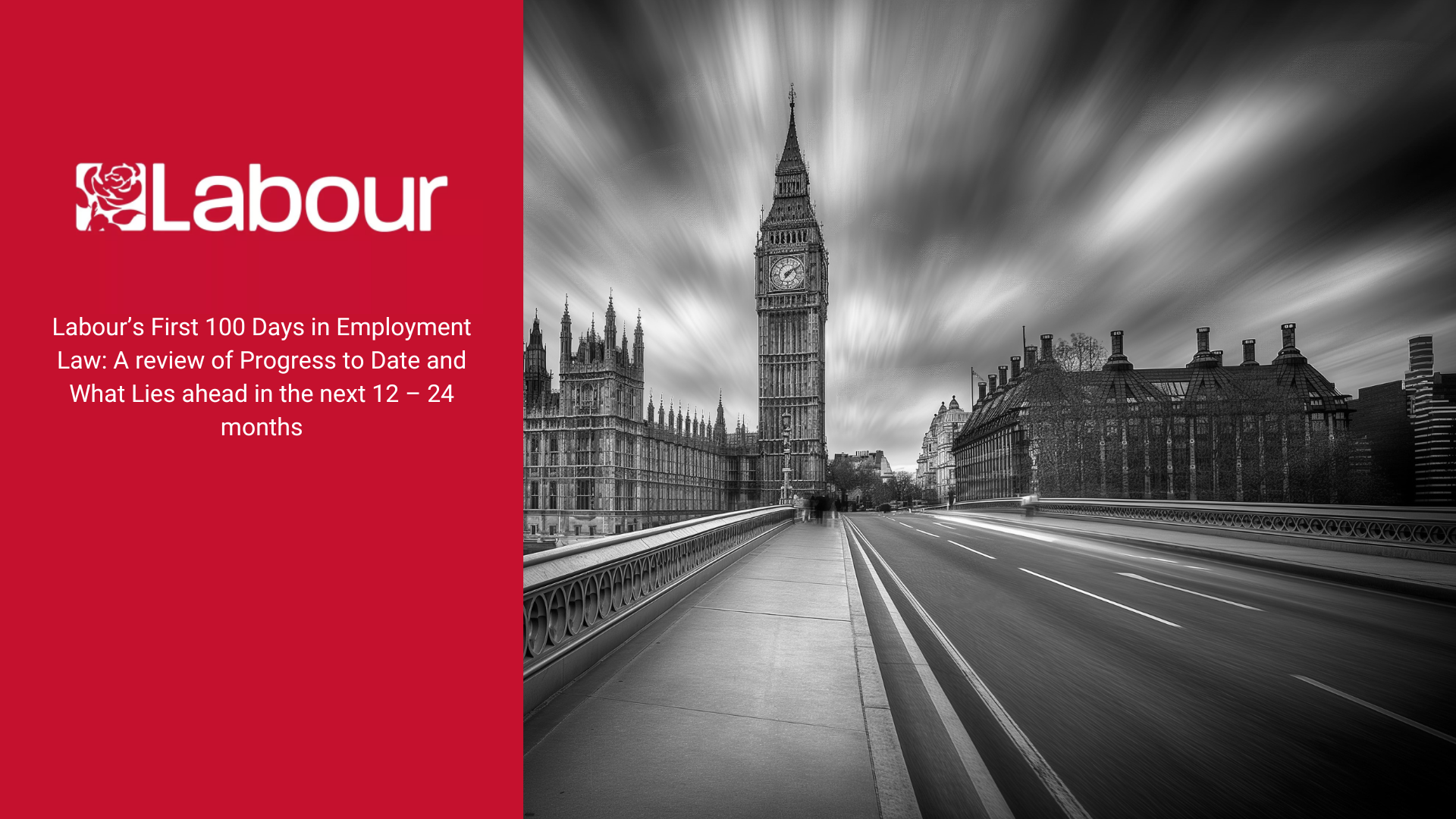New Case on Burden of Proof in Discrimination Cases
Generally speaking, the burden of proof in civil proceedings is on the person who brings a claim in a dispute. So, for example, it is necessary for an employee bringing a claim in respect of an underpayment of wages to prove that the correct wages had not been paid.
The concept of the burden of proof is a little bit more complicated when it comes to discrimination claims in the employment tribunal.
Until recently, case law interpreted the burden of proof in discrimination cases as requiring the claimant (employee), at a first stage, to prove facts which, in the absence of an adequate explanation, suggest that discrimination had occurred. The burden of proof then shifted requiring the respondent (employer) to prove that discrimination did not occur. On this interpretation, it was open to a respondent to argue that the claimant had not established a prima facie case of discrimination at the first stage and that there was no case to answer.
A recent case before the Employment Appeal Tribunal (EAT) (Efobi v Royal Mail Group), concerned a postman who had made in excess of 30 unsuccessful applications for alternative roles with the Royal Mail. Mr Efobi claimed that his applications were rejected because of his race.
In the course of the proceedings the EAT considered the shifting burden of proof and decided that the employment tribunal had misinterpreted the law by imposing an initial burden of proof on the claimant. The EAT concluded that the correct approach was for an employment tribunal to consider all the evidence (including that of the respondent), at the end of the hearing, when deciding if the first stage burden of proof has been test has been satisfied. In the circumstances, the EAT felt that it was misleading to refer to a shifting burden of proof.
The case is significant because it departs from previous case law which was largely based on the interpretation of legislative provisions that preceded the Equality Act, such as the Race Relations Act. The case has provided helpful clarification of the law in line with the relevant provisions of the Equality Act (section 136).











